OVERVIEW
The demand for digital asset management is projected to reach USD 7.22 billion by 2024, rising by 18% over the forecast period. The adoption by various companies around the globe of digital asset management would reduce rising costs and standardize business processes across the enterprise. As a result, digital asset management providers will increasing their efforts to improve their sales due to increased digitization and flexibility among companies.
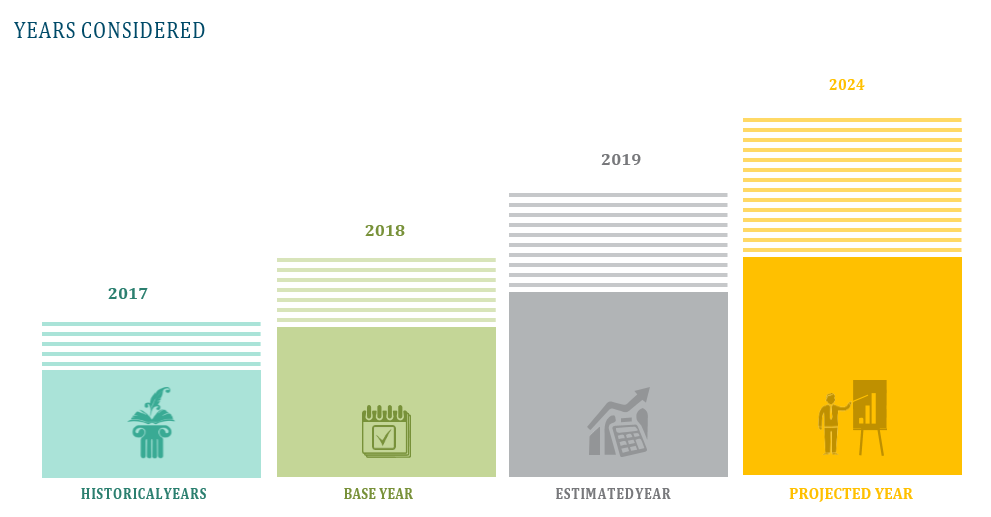


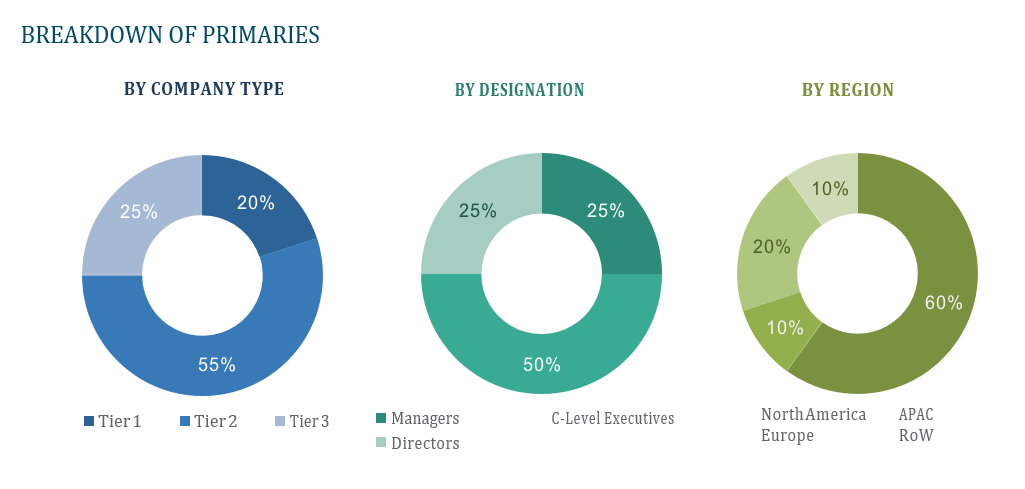
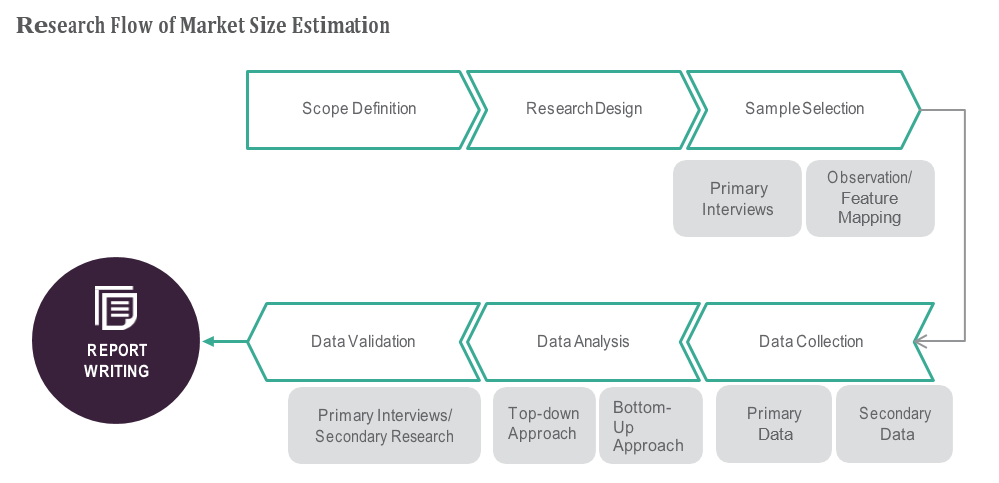

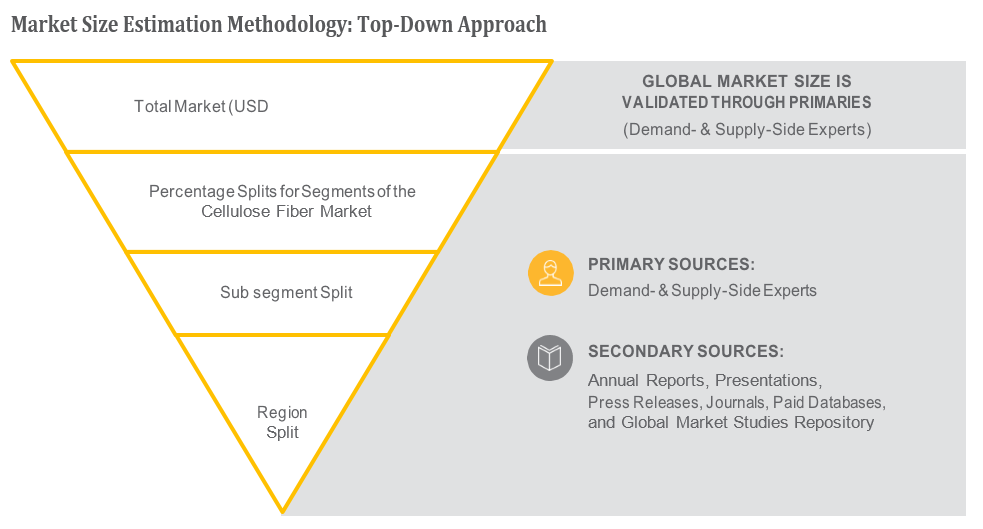
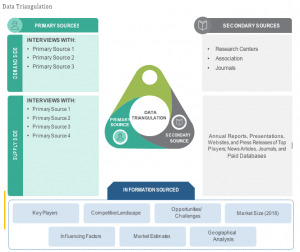
TABLE OF CONTENT
1 Digital Asset Management Best Practices and Market
1.1 Research Objectives
1.2 Market Definition
1.3 Study Scope
1.3.1 Markets Covered
1.3.2 Geographic Scope
2 RESEARCH METHODOLOGY
2.1 Research Data
2.1.1 Secondary Data
2.1.1.1 Key Data From Secondary Sources
2.1.2 Primary Data
2.1.2.1 Key Data From Primary Sources
2.1.2.2 Key Industry Insights
2.1.2.3 Breakdown of Primaries
2.2 Market Size Estimation
2.2.1 Bottom-Up Approach
2.2.2 Top-Down Approach
2.3 Market Breakdown and Data Triangulation
2.4 Research Assumptions
3 Digital Asset Management Best Practices and Market – Executive Summary
4 Digital Asset Management Best Practices and Market – Comparative Analysis
4.1 Product Benchmarking – Top 10 companies
4.2 Top 5 Financials Analysis
4.3 Market Value split by Top 10 companies
4.4 Patent Analysis – Top 10 companies
4.5 Pricing Analysis
5 Digital Asset Management Best Practices and Market – Vendor Analysis
5.1 Adobe
5.2 Opentext
5.3 Bynder
5.4 Mediabeacon
5.5 Cognizant
5.6 Celum
5.7 Canto
5.8 Widen
6 Digital Asset Management Best Practices and Market – Peer Analysis/End-User Analysis
6.1 Asset Management
6.2 Dam Deployment
6.3 Dam Integration Capabilities
6.4 Intellectual Property Management
6.5 Social Media Management
6.6 Digital Asset Management – Analytics
6.7 Measuring ROI/Impact of Digital Assets
6.8 Improvement Initiatives
6.9 Miscellaneous Information
6.10 Challenges and Solutions
7 Digital Asset Management Best Practices and Market – Appendix
7.1 Sources
7.2 Abbreviations










